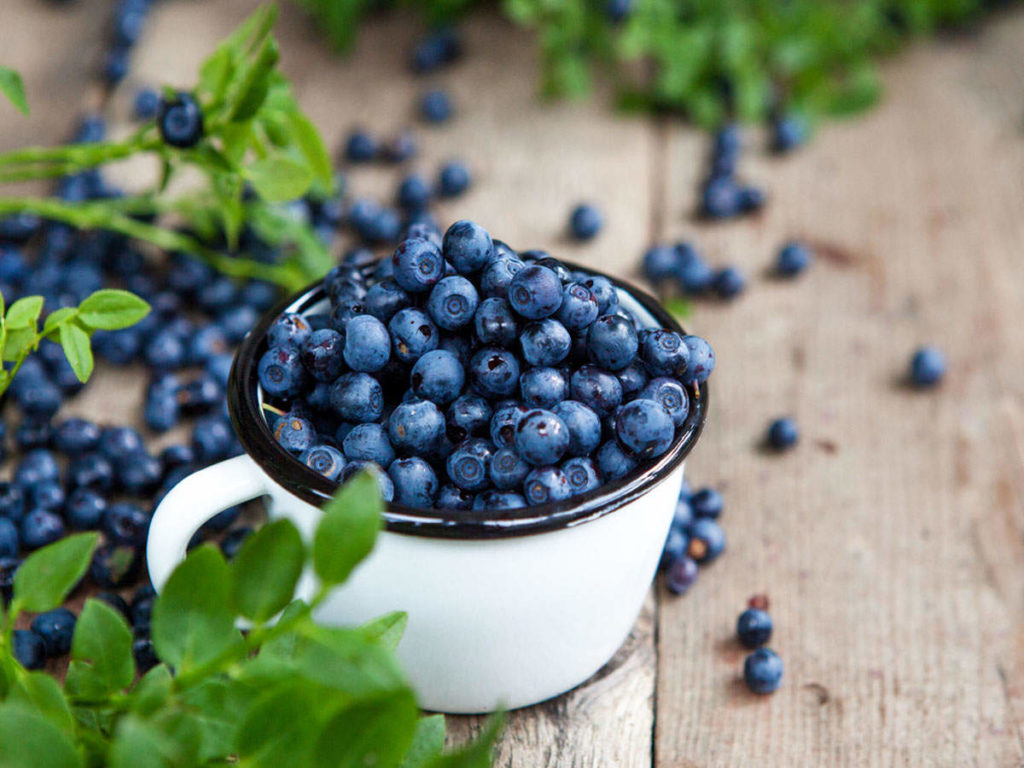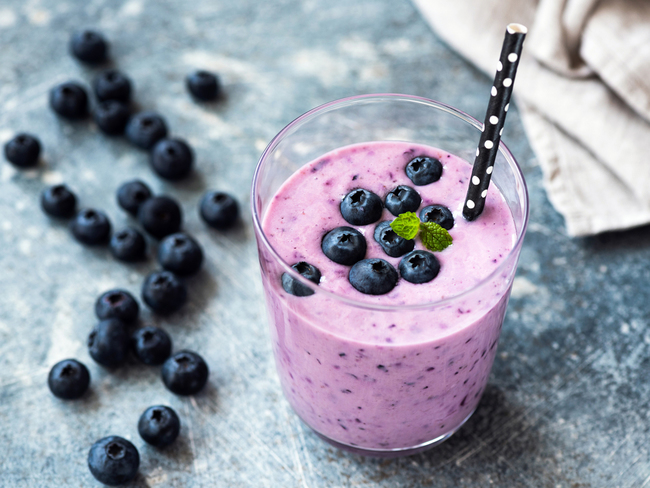The measure of the carb content of food with the pace with which it increases the blood glucose levels is called the Glycemic Load. The Glycemic Index is a system where a number is assigned to foods that contain carbohydrates, according to how they affect your blood glucose levels. It is an efficient way of making healthy diet choices because it helps compare alternative sources of nutrients according to blood glucose levels. Glucose has a higher blood glucose response in comparison to fructose.
Blueberries are often called superfoods for being very low in calories and being extremely good for our health. It is very popular, sweet, and rich in nutrition. According to the International GI Tables, it has a GI of 53. It primarily consists of water and has about 85% of the same, and an entire cup of blueberries has only 84 calories.

Blueberries are a favorite to everyone, and it comprises healthy nutrients like
- Fiber
- Vitamin C
- Vitamin K
- Manganese
How to Calculate Glycemic Load of Blueberries?
The standard Glycemic index of blueberries is 53. The high glycemic index of the fruit helps in reducing the risks related to cardiovascular diseases. If we want to talk about diet, the key to prevent diabetes or any chronic illness is to distribute the carbohydrate consumption content throughout the day and manage the sugar levels in the body correctly—however, the glycemic load for one cup of blueberries= 11.1 approximately, which makes it an extremely favorable food to be added on any low-carb salads.
The Formula/Procedure For Calculation of Glycemic Index of the Strawberry :
GL = GI * carbs / 100
where
- GL – glycemic load;
- GI – glycemic index;
- and carbs – the amount of carbohydrates in the portion.

| SL.NO | BLUEBERRIES BY WEIGHT IN (g) | GLYCEMIC LOAD |
| 1. | 100 g of Blueberries | 7.4 (low) |
| 2. | 250 g of Blueberries | 18.5 (medium) |
| 3. | 500 g of Blueberries | 37 (high) |
| 4. | 1 Kg of Blueberries | 74 (very high) |
| 5. | 50 Small blueberries | 5.3 (low) |
| 6. | 1 Cup of Blueberries (150 g) | 11.1 (low) |
Are Blueberries Safe to Consume If You Have Diabetes?
In comparison to other fruits, blueberries provide only a small amount of sugar. Blueberries also have bioactive compounds that seem to outweigh all the negative impacts that sugar is likely to have on blood sugar levels. The anthocyanins in blueberries have a positive effect on insulin sensitivity and glucose metabolism. A study showed that two blueberry smoothies regularly led to a major improvement in insulin sensitivity. So, essentially blueberries have anti-diabetes effects and can be consumed.
Can I Eat Blueberries During a Fat-Loss Diet?
You can consume blueberries during a fat-loss diet. But, it is important to be careful about the portions size you consume. It is suggested that you do not consume more than 200 g of blueberries in one serving.

- A 200 g serving of blueberries has a GL of 14. which is in the permissible levels.
- Blueberry as a salad ingredient is premissible in a fat-loss diet.
Can I Eat Blueberries During a Low-Carbohydrate Diet?
You can consume blueberry during a strict low-carb diet. However, you must be mindful of the portion size of blueberries that you consume. We suggest you not consume more than 200 g of blueberry per servings.
Are Blueberries High in Sugar?
An entire cup of blueberries, which is about 150 g has only 15 g of sugar, which is equal to a large apple or orange. It is slightly sugary, but it won’t increase your blood glucose level when compared to most of the other fruits. It is one of the best fruits to consume regularly, irrespective of whether it is fresh or frozen.